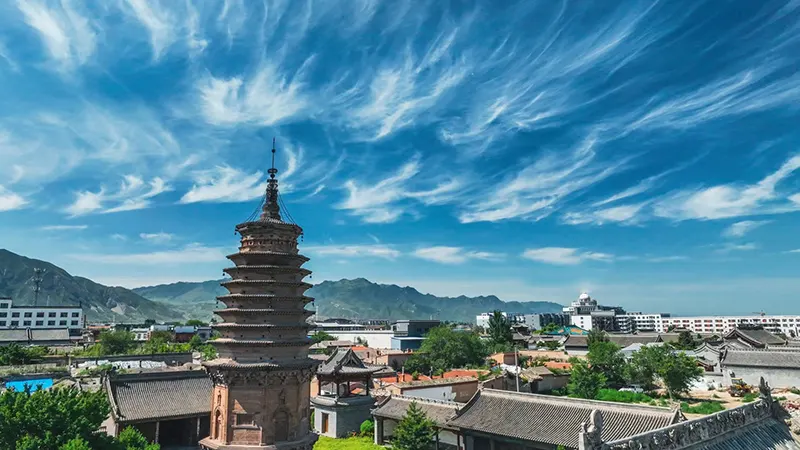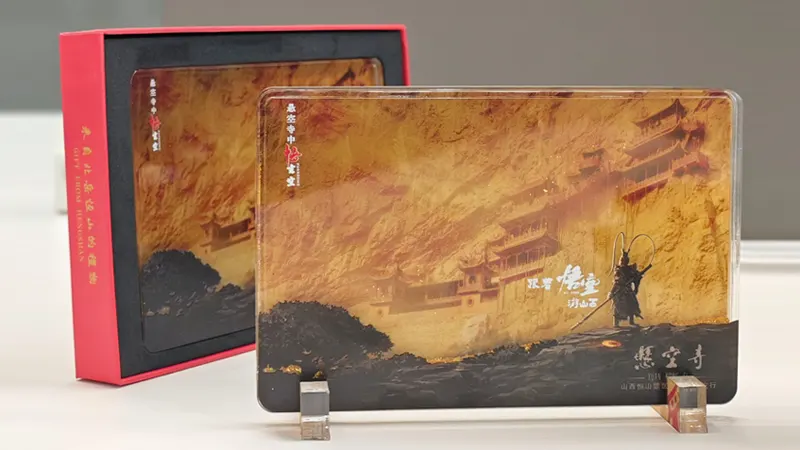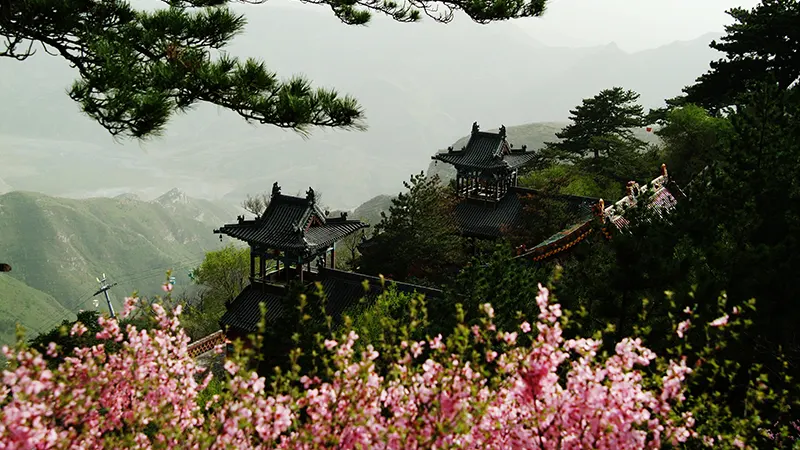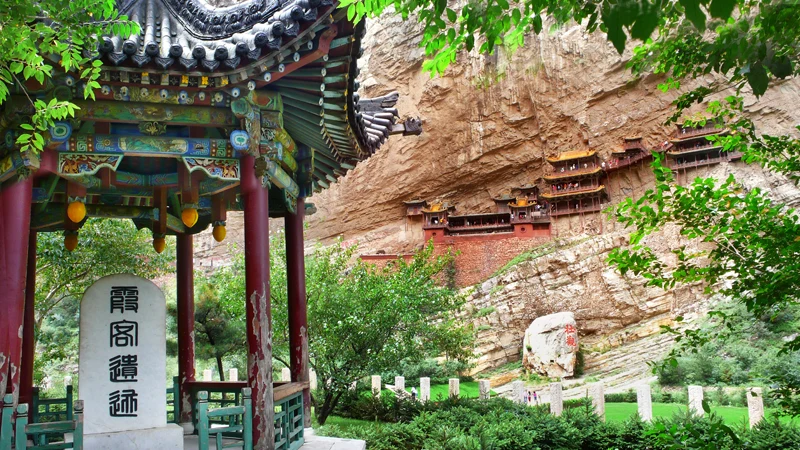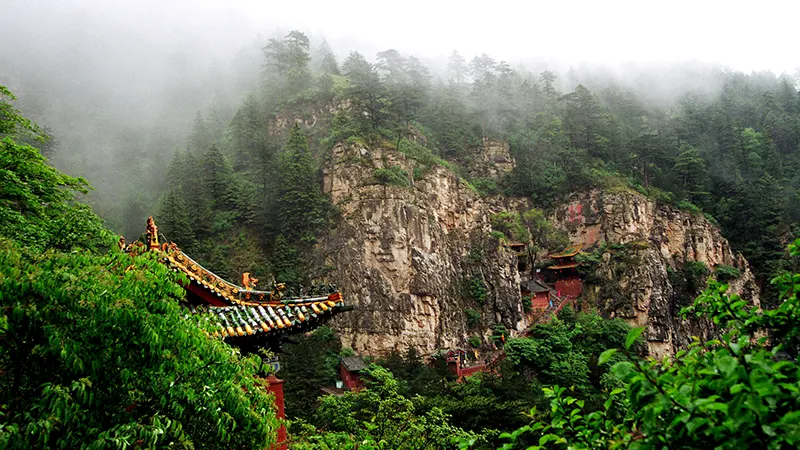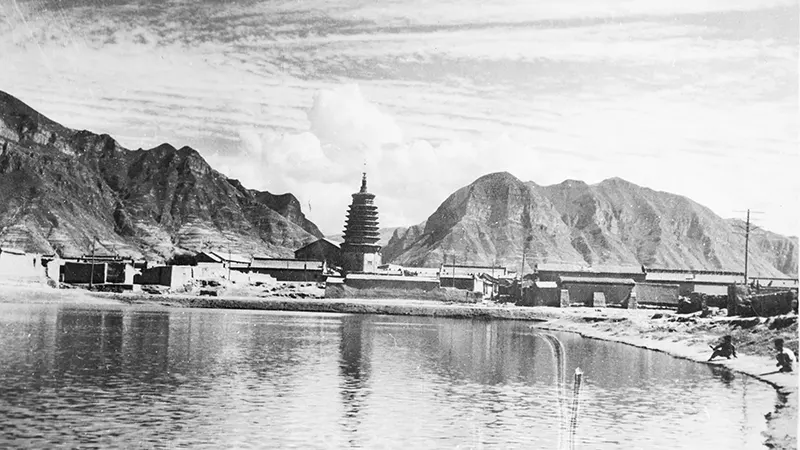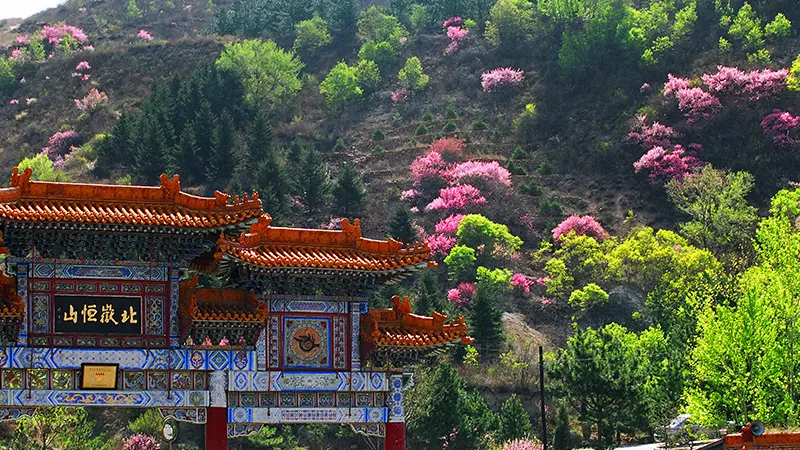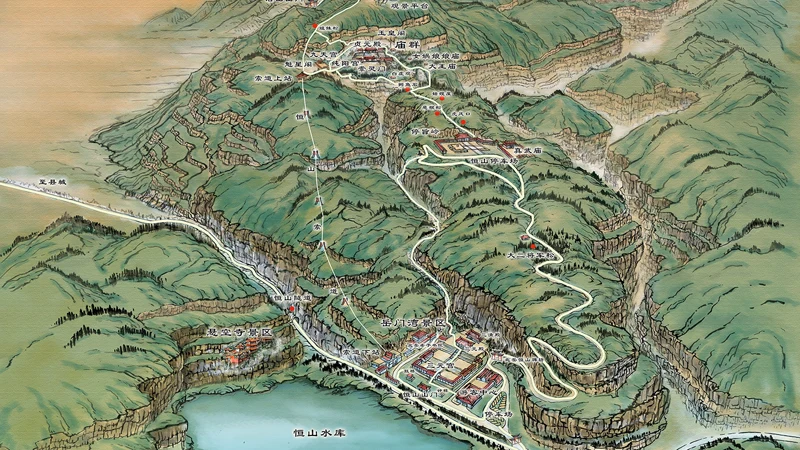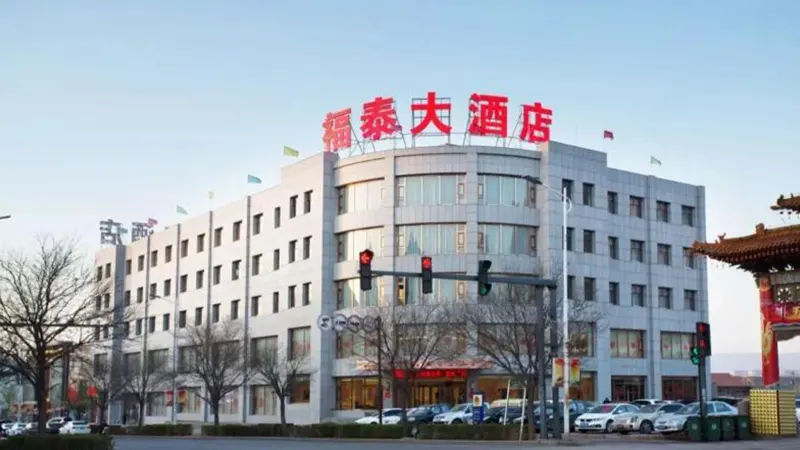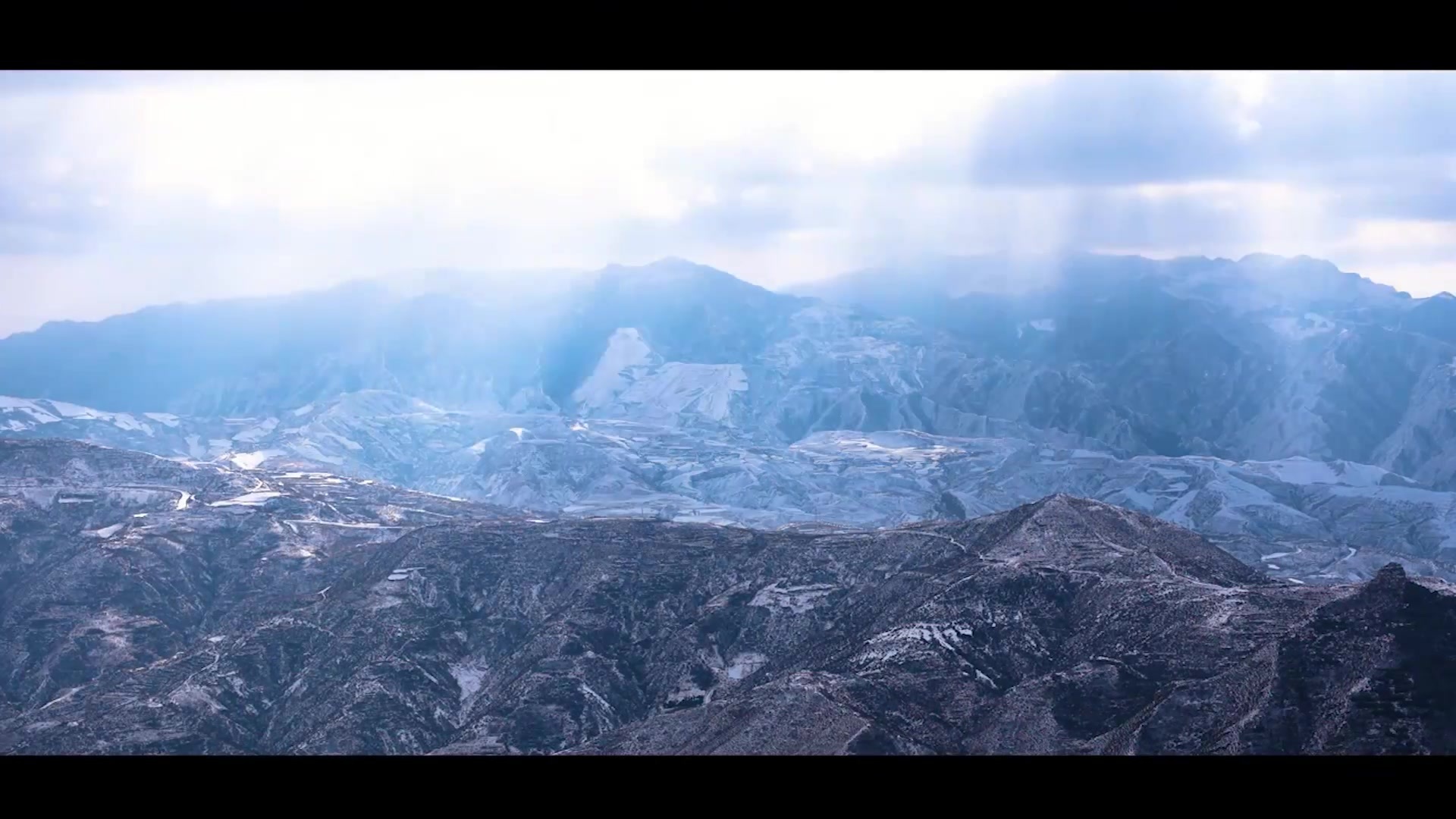Xu Xiake Alliance initiated its establishment | Representatives from 9 alliance cities including Hunyuan, Shanxi, jointly completed the ceremony
Publish Time:
2025-05-20 08:51
Source:
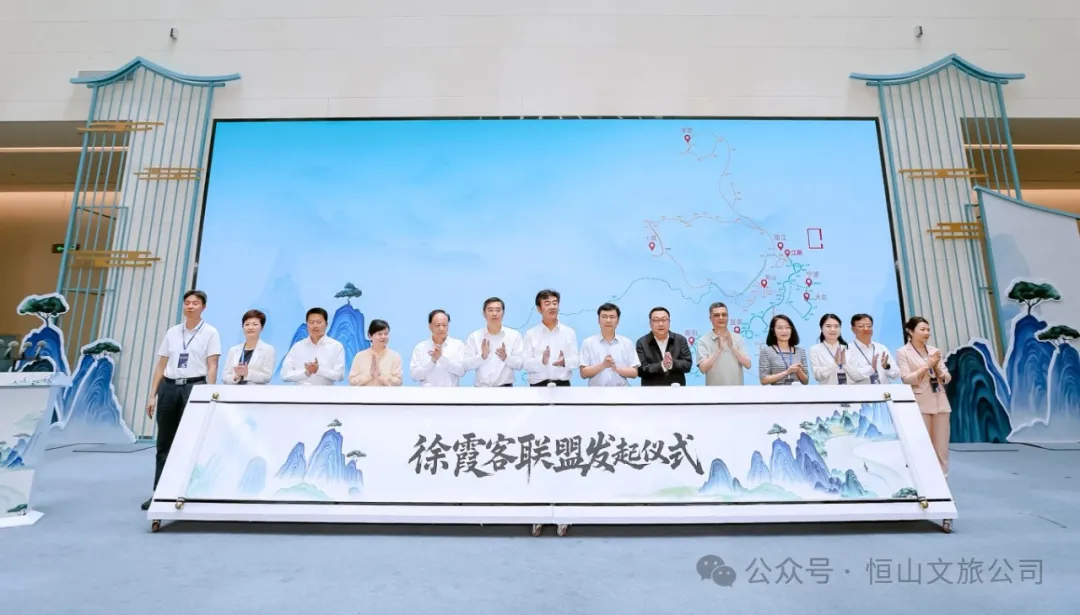
On May 17, on the eve of "May 19 China Tourism Day," the Xu Xiake Alliance launch ceremony was held in Jiangyin City, Jiangsu Province. Zhang Huaixi, Vice Chairman of the 10th National Committee of the Chinese People's Political Consultative Conference, attended the event. The China National Geographic magazine, in conjunction with the Xu Xiake Research Branch of the Geological Society of China, China University of Geosciences, Jiangsu Phoenix Publishing and Media Group Co., Ltd., and Jiangyin Xu Family Culture Research Association, jointly initiated the establishment of the Xu Xiake Alliance.
At the ceremony, five joint initiators and representatives from nine alliance cities, including Hengyang City, Hunan Province; Huangshan City, Anhui Province; and Hunyuan County, Shanxi Province (location of Hengshan Mountain), took the stage together. Before a slowly unfolding dynamic digital scroll, they witnessed the vivid presentation of Xu Xiake's travel route. Simultaneously, the alliance's first batch of expert think tanks were established, with Sun Fubao, director of the Institute of Geographic Sciences and Natural Resources Research, Chinese Academy of Sciences; Yang Guishan, Party secretary of Hohai University; Ye Wen Zhi, vice president of the China Tourism Scenic Spot Association; Li Yue, director of the Innovation Development Institute of Zhejiang Tsinghua Long Triangle Research Institute; and Wang Yuheng, Antarctic ambassador, joining to map out the alliance's blueprint and provide support.
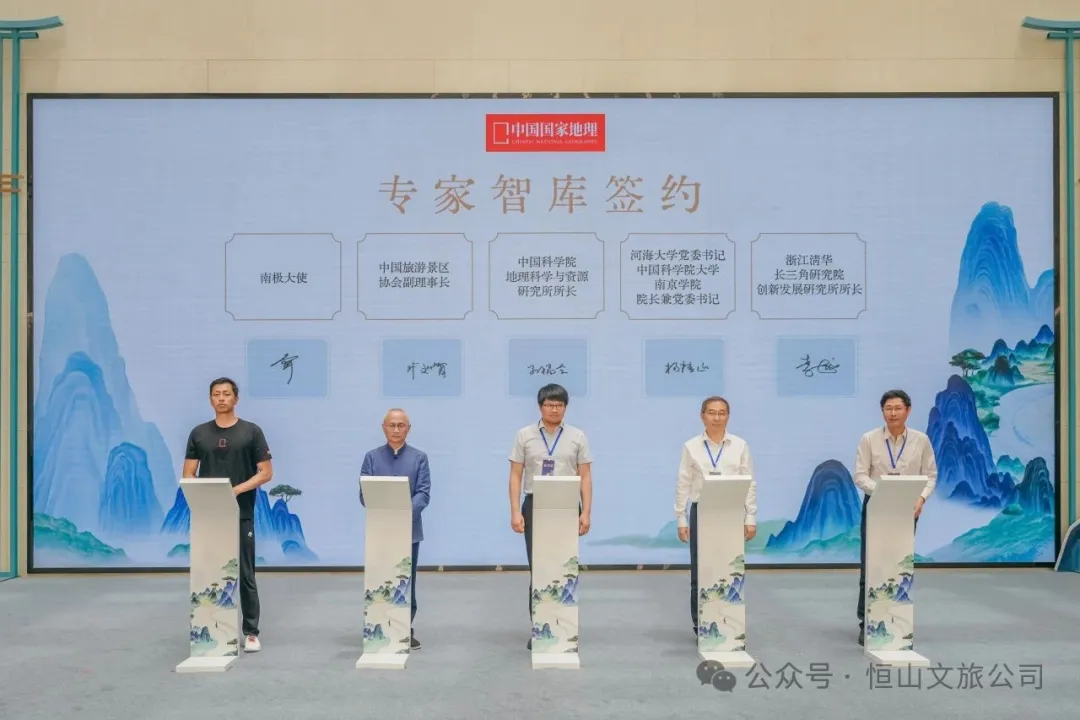
Li Shuanke, president and editor-in-chief of China National Geographic magazine, stated: China National Geographic convened various parties to initiate the Xu Xiake Alliance to accomplish three things. First, to refine the "golden tourist route," connecting the scattered pearls along Xu Xiake's travel route and incorporating modern technology to immerse tourists in the changes of time and space over 400 years. Second, to create a "phenomenal IP," inviting global talent to design a highly recognizable logo and visual system for the Xu Xiake IP. Third, to collaborate with industry, academia, and research to cultivate "research and study education and industrial integration." The ultimate goal is to develop the Xu Xiake IP into a time-transcending "super symbol" of Chinese tourism. The spirit of Xu Xiake will surely go global and shine anew in this new era.

Zhang Huaixi, Vice Chairman of the 10th National Committee of the Chinese People's Political Consultative Conference, pointed out in his speech: Xu Xiake's footprints not only outline the magnificent landscape of our motherland, but also explore and promote the traditional Chinese development concept of harmonious coexistence between humans and nature. 《徐霞客游记》 The geographical scientific achievements in 《Xu Xiake's Travel Notes》 were ahead of the world at that time and still hold reference and learning value today. The Xu Xiake Alliance will surely become an important force in promoting Xiake culture and regional collaborative development. It is hoped that the Xu Xiake Alliance will become a new highland for cultural dissemination, outlining a new blueprint for regional development, and that its members will jointly compose a new chapter of cross-field cooperation.

At the meeting, Cao Qilong, a member of the Hunyuan County government's party group and secretary and director of the Hengshan Mountain Scenic Area Management Center, and representatives from the first batch of nine alliance cities, joined hands with the five initiators to complete the ceremony, marking the official launch of the Xu Xiake Alliance.

During the meeting, Cao Qilong also actively communicated and exchanged with Yu Minhong, a Jiangyin native, chairman of New Oriental Education & Technology Group, and newly appointed president of the newly established Xu Xiake Cultural Tourism College. Upon learning of Yu Minhong's determination to investigate the routes Xu Xiake traveled, he immediately invited Yu Minhong to Mount Hengshan to investigate. Yu Minhong readily agreed to revisit Mount Hengshan and retrace Xu Xiake's Hengshan Mountain tourism route.
Cao Qilong and his entourage also participated in a symposium of the Xu Xiake Alliance. They made contact and exchanged views with Li Shuanke, president and editor-in-chief of China National Geographic magazine, and Wang Yuheng, the "Water Brother," Antarctic ambassador.

Traveling through the Five Great Mountains was an ambition Xu Xiake had set for himself since his youth. At the age of 40, having already explored most of the rivers and mountains of his motherland, he had yet to set foot on Mount Hengshan in Shanxi Province. He once told his friend Wang Siren (1575~1646, courtesy name Jizhong): "My only regrets are that I have not yet set foot on Mount Hengshan in Hunyuan and the thousands of bamboo shoots in Guilin." Eight years after saying these words, Xu Xiake finally made his journey to Shanxi. Before his trip to Shanxi, Xu Xiake had visited Xie Depu (1591~1657, courtesy name Pei Yuan), who was then working at the Guozijian (Imperial College), and told his friend of his heart's desire. His longing for Mount Hengshan deeply touched Xie, who wrote in his poem "Autumn Garden Morning Thoughts, for Xu Ruren, and a Gift to Xu Xiake on his Northern Journey": "Now you are going to Mount Hengshan, it's like gazing at white clouds from Qingke."

In July of the sixth year of Chongzhen's reign in the Ming Dynasty (1633), 48-year-old Xu Xiake stayed briefly in Zhongdu (present-day Beijing), intending to visit Yanshan Mountain. However, eager to visit Shanxi, he reluctantly gave up the northern trip and headed west towards the Taihang Mountains. In August, Xu Xiake arrived in Shanxi and began his seven-day tour. Afterward, he wrote "Diary of a Trip to Mount Wutai" and "Diary of a Trip to Mount Hengshan," which were included in "Xu Xiake's Travel Notes" and passed down through the ages. His three-day tour of Mount Hengshan included places such as Longyukou (present-day Lingyunkou), Longshan Mountain, Dayun Temple, Hanging Temple, and Mount Hengshan, describing Longyukou as "peaks connected to collapsing walls, verdant and red streams, winding and reflecting in the sky," praising the Hanging Temple as "a great sight in the world," and noting that Longshan Mountain "can be considered the end of Wutai's mulberry and jujube trees."
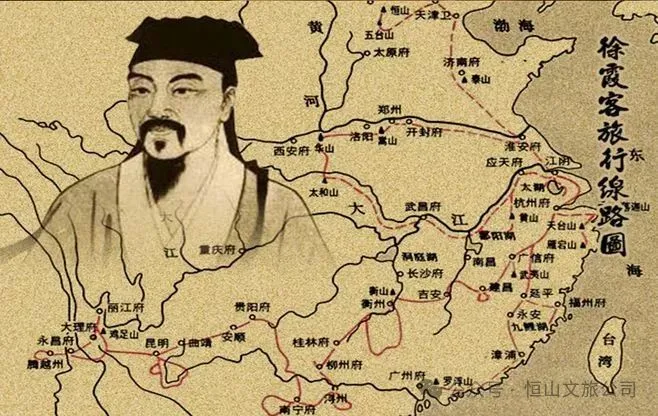
It is particularly noteworthy that in 2011, Xu Xiake's "Diary of a Trip to Mount Hengshan" was selected as a classic work for inclusion in middle school textbooks. In the same year, the State Council designated May 19, the day on which "Xu Xiake's Travel Notes" begins, as "China Tourism Day."
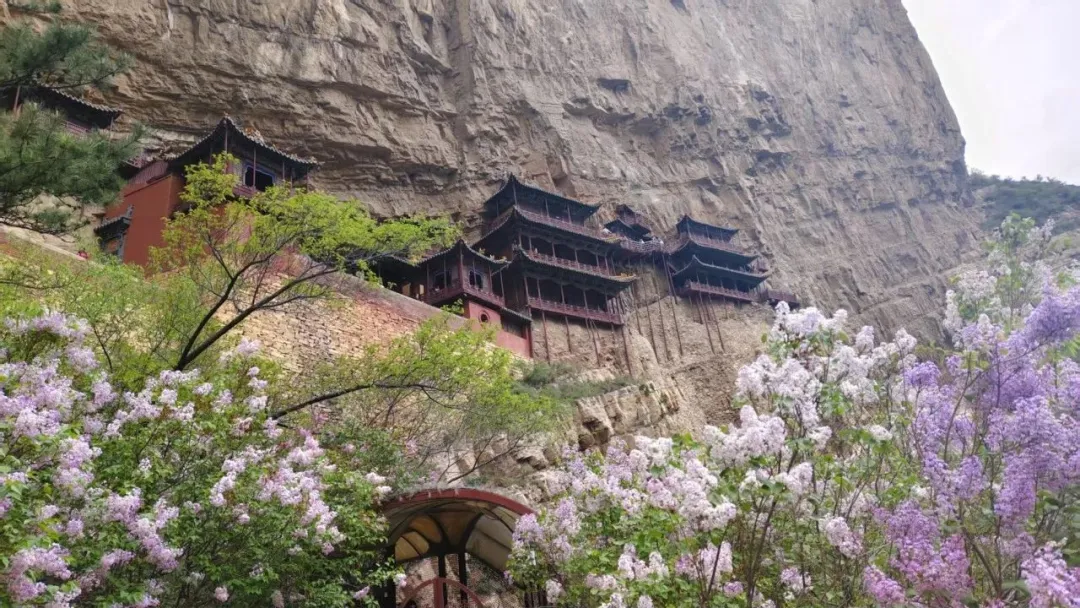
This year, for "May 19 China Tourism Day," Mount Hengshan and the Hanging Temple will offer half-price discounts to tourists from all over the country. Mount Hengshan sincerely invites you to enjoy a soul-soothing journey on Mount Hengshan.

Appendix:
Xu Xiake's "Diary of a Trip to Mount Hengshan" (Middle School Textbook)
Eleventh day, wind obscured (yì) completely, clear and blue as if washed. Using a cane to ascend the mountain, facing east, the earth mounds and small hills (fù) there was no climbing j ī ) labor.
One li, turning north, the mountains are all coal, easily obtained without deep digging. Another li, the earth and rocks are all red. There are coiled (qiú) pine trees standing beside the road, a pavilion called Wangxian. Another three li, the cliffs gradually rise, the shadows of the pines are sifted (sha ī ) yin, this is called Hufengkou. Then the stone road winds (yíng) around, beginning to follow the cliff and ascend steeply. Three li, there is a magnificent pavilion (fǎng) said " The First Mountain of Shuofang " Inside are government offices (xiè) kitchens and wells are all complete. To the right of the street, facing east, ascending (shè) the steps, halfway up the cliff is the sleeping palace, north of the palace is the Feishi Cave, and further up is the Beiyue Temple. Above it is a sheer cliff, below are the government offices, the temple steps reach to the sky, the eaves of the temple extend up and down, and towering steles stand in rows.
Ascending from the right of the temple, there is a stone cave, leaning against which is a room, called the Hui Sendai. In the middle of the platform are images of immortals, arranged in a circle without gaps. I once wanted to climb j ī ) the dangerous cliff and ascend to the peak. Returning (huán) past the east of the Yue Temple, looking at the place where the two cliffs break off, in the middle hangs grass and shrubs for a thousand feet, this is the path to the top (jiàn) so I took off my clothes and climbed (niè) and ascended. Two li, emerging from the dangerous cliff, looking up at the peak, it still stands majestically in the middle of the sky, but the whole mountain is covered with short, dense trees, gnarled (chá y ā ) dry bamboo, which can only snag clothes and prick the neck, climbing and stepping often breaks them, although the effort is diligent, it is like falling into a raging wave, gurgling (gǔ) unable to get out. I further mustered my courage to ascend, after a long time the thorns (jí) ended, and I finally reached the top.
At that time, the sun was clear (chéng) and bright, looking down (kàn) at the north of the mountain, the cliffs collapsed and fell, and the trees were dense and shady. (yì) This mountain, the earth mountains have no trees, but the stone mountains do. The north side is all stone, so the trees are all in the north. The city of Hunyuan Prefecture is located at the foot of the mountain. Looking north across the mountains, it is vast and boundless. To the south is Longquan, to the west is Wutai, green and green, standing side by side with this mountain. Nearby, the Longshan Mountains stretch (gèn) eastward, with branch peaks connected, as if shoulder to shoulder and hand in hand (mèi) choking (è) the desert.
Then I descended the west peak, and went into the dangerous cliffs of the canyon, looking down at the vastness, I dared not go down. Suddenly turning my head to look east, I saw a person swaying above, so I went up to ask him, he pointed to the southeast among the pines and cypresses, and I went towards it, and it was the top of the dangerous cliff behind the sleeping palace when I ascended. Soon, I found the path. Going south through the pine and cypress forest, I first looked down from the top and saw the pines and cypresses green and lush, like garlic leaves and grass stems, but here they are thick enough to embrace and reach the sky, the pines and cypresses of the Tiger Wind Pass are not (chì) a hundred times more than this. Going straight down from the cliff gap, it is right next to the sleeping palace, which is the Feishi Cave.
Keywords:
Related News
Tourists visiting Hengshan Mountain, in addition to appreciating the magnificent natural landscape of Hengshan Mountain, are more interested in learning about the profound cultural heritage of the Northern Mountain.
Republic of China hemp mat treasure | Guiyou (1933) Deng Hengyue Ji (with poems and texts)
In today's ancient city of Hunyuan, when discussing well-preserved ancient residences, one must mention the "Ma Family Courtyard." The original owner, Ma Xi Zhen, has also gained attention, as if the person is known because of their residence.
Republican High Liangzuo | 1935 North Shanxi Field Trip Notes
In the spring of 1935, the Nationalist Government in Nanjing dispatched Shao Yuanchong, a member of the Central Executive Committee of the Kuomintang, and Zhang Ji, a member of the Central Supervisory Committee, to Shaanxi to pay homage to the Yellow Emperor's Mausoleum. After the ceremony, Shao Yuanchong went on an inspection tour of Northwest China, visiting Gansu, Qinghai, Ningxia, Inner Mongolia, and Shanxi. His secretary, Gao Liangzuo, accompanied him throughout the journey, recording their observations and experiences, which were subsequently published in major newspapers and generated significant public attention.
Republic of China, Jiang Weiqiao | 1918 Hengshan Mountain photo album
In September 1918, Jiang Weiqiao, a councillor of the Ministry of Education of the Beiyang Government, was ordered by the Ministry of Education to inspect the academic affairs in Shanxi Province. He took the opportunity to pay his respects at Mount Wutai and Hengshan Mountain. He departed from Beijing on September 21, first taking a train to Shijiazhuang, and then to Taiyuan; then he took a carriage to Mount Wutai and Hengshan Mountain; and finally returned to Beijing from Datong by train on October 13.




